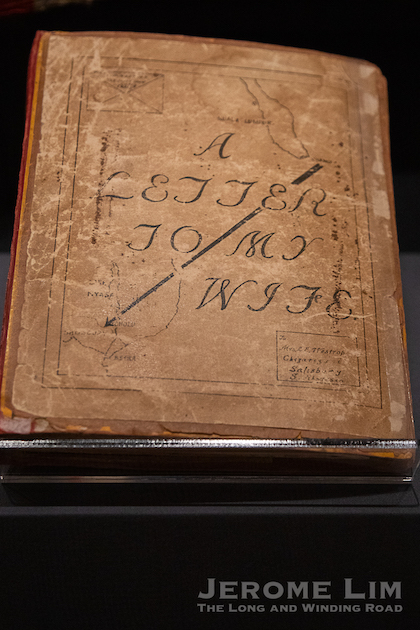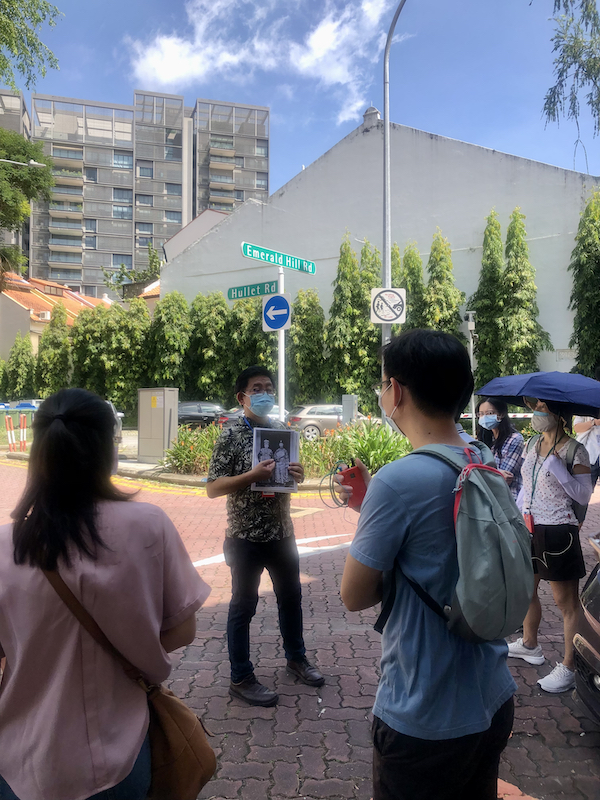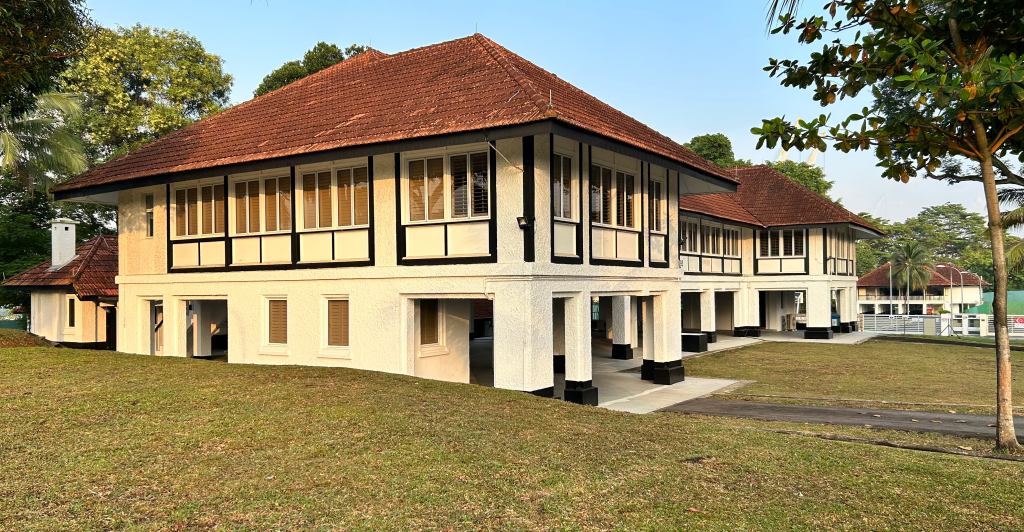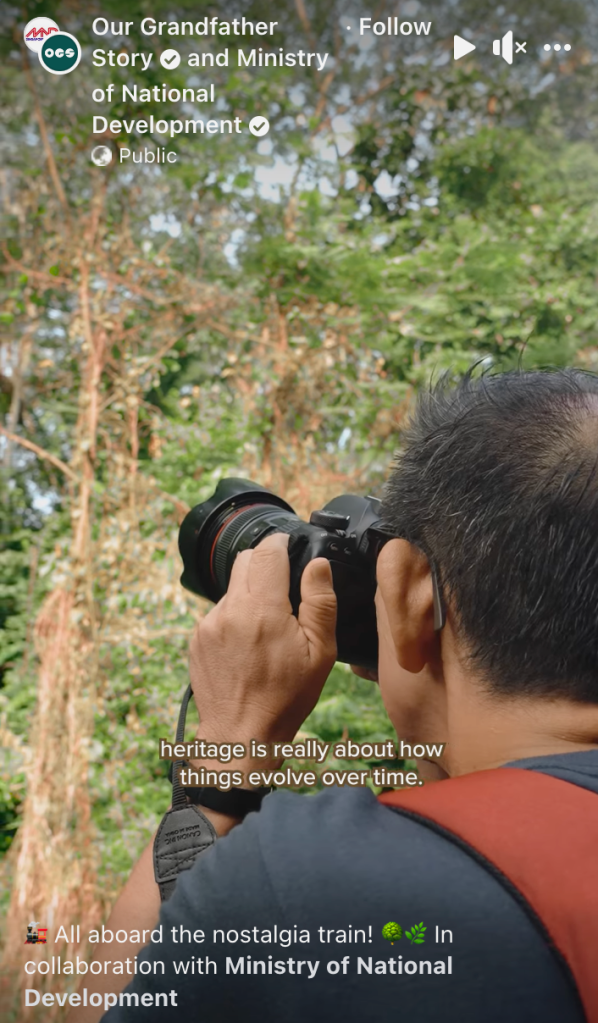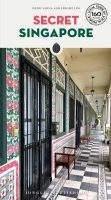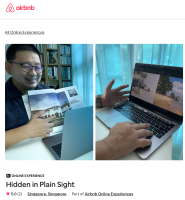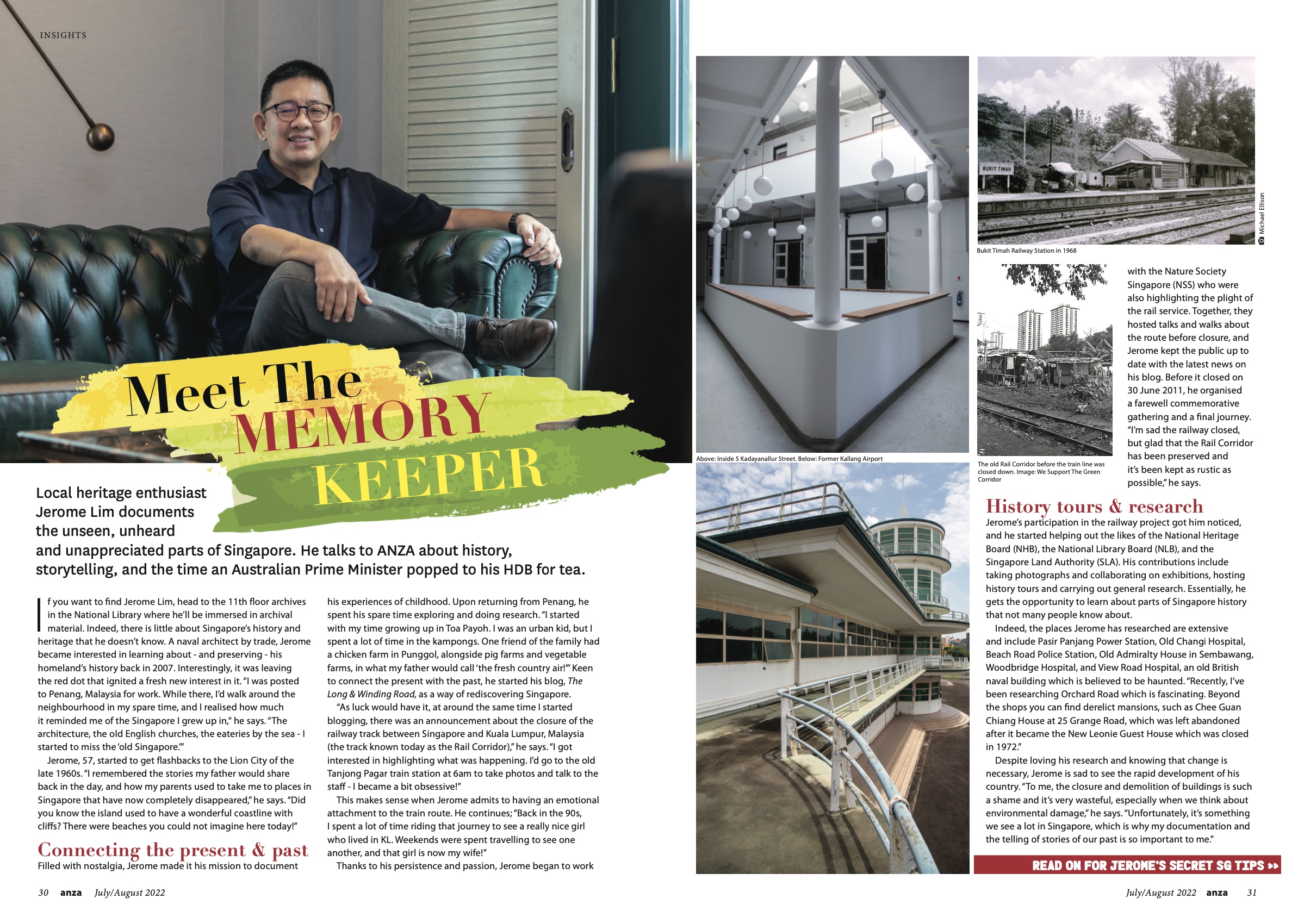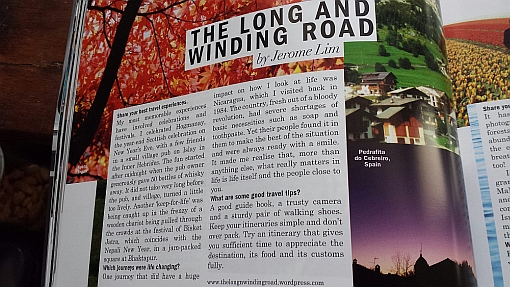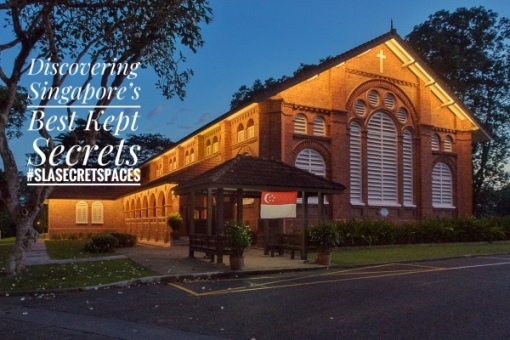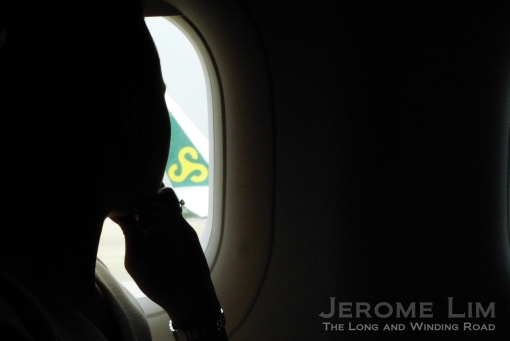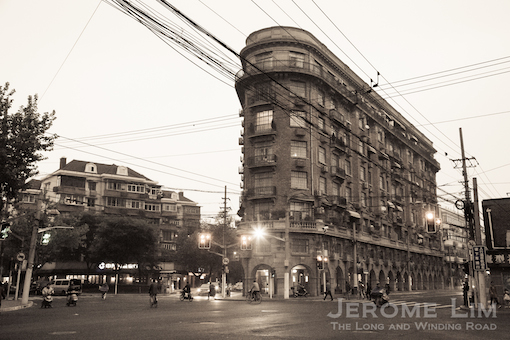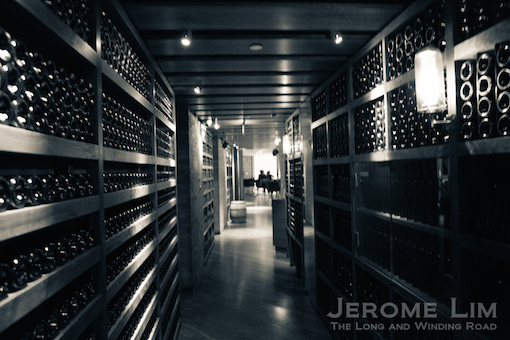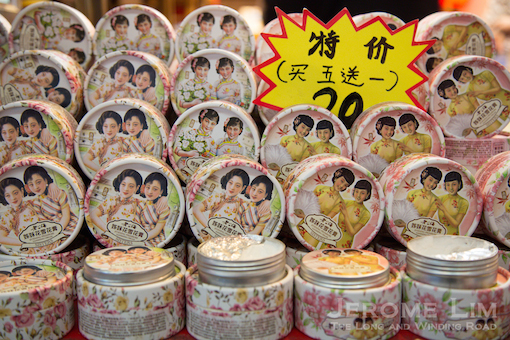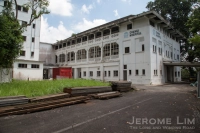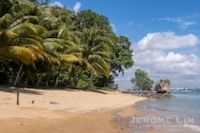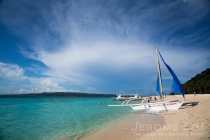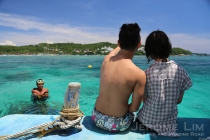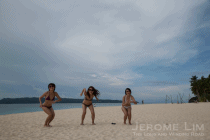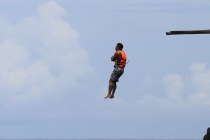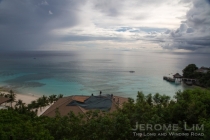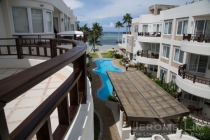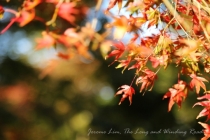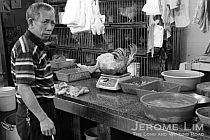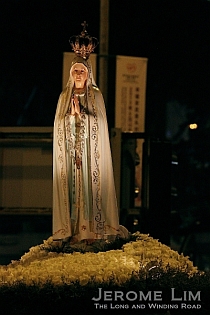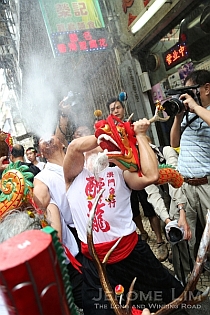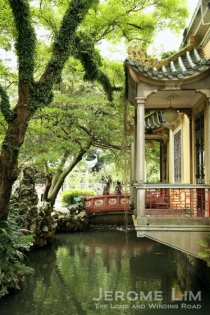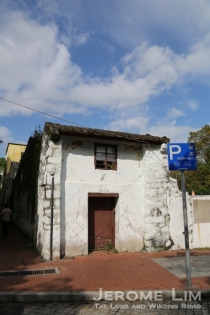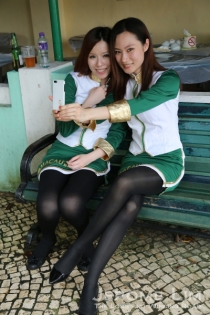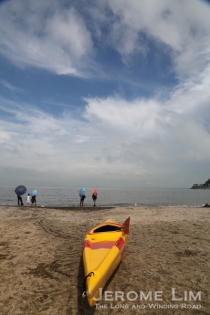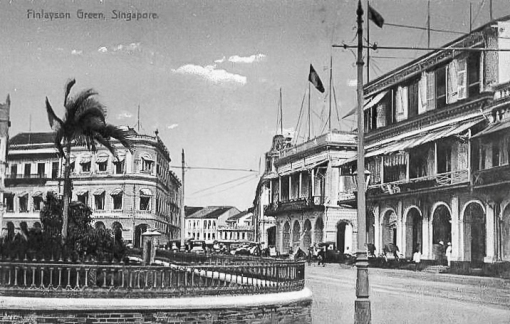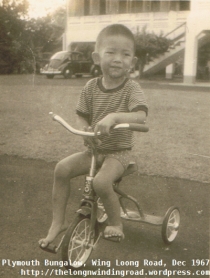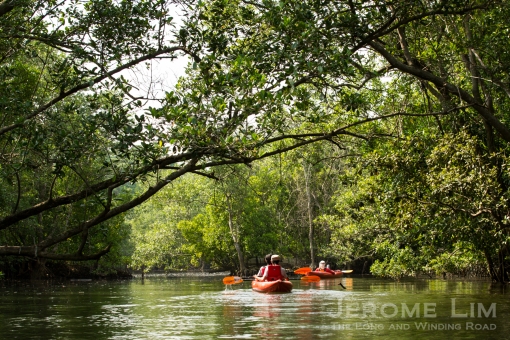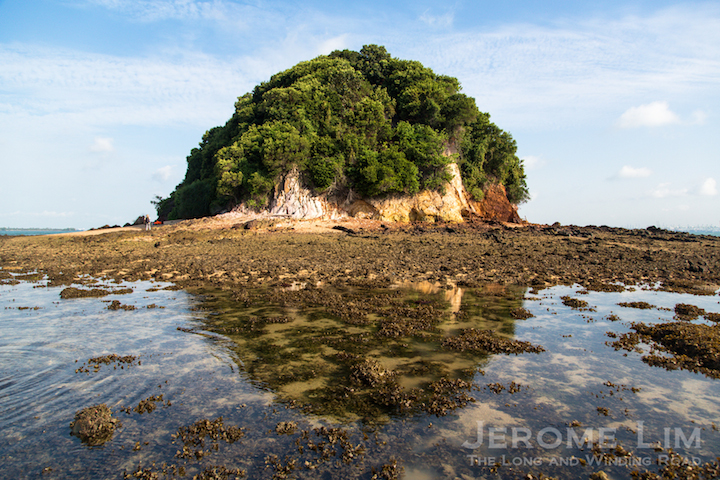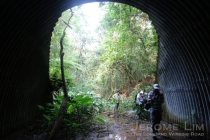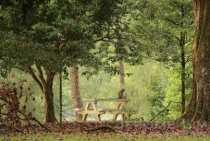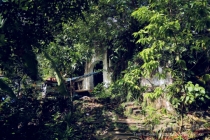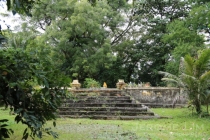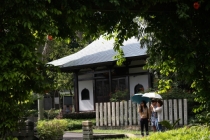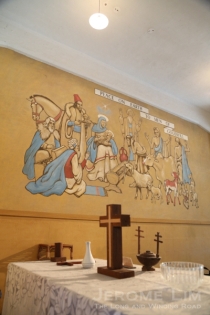Changi is many things to me. It is a place, unspoiled in some parts, of great natural beauty, a place of much history, and most of all, a place whose magic is timeless. Changi has given me many moments of joy. I frequented Changi as a young child, and in my youth. There were many Sundays by the beach, strolls through the old village and then concretised version of it. I have also had many stay in the area’s government holiday bungalows and even had a party for my National Service Run-Out-Date (now referred to as Operationally-Ready-Date) at one that quite sadly, was demolished not too long ago. Even if a huge chunk of the Changi that was dear to me as a child was taken away by the development of Changi Airport, the space Changi has on offer, its calming views of the sea, and places in abundance which modernity seemed to have forgotten, it continues to be my favourite place of escape to this very day.
Changi Point, where time seems to slow down, and where time seemed to have passed very slowly, is where focus has been placed in the the Changi Heritage Trail, the latest in the National Heritage Board’s (NHB) series heritage trails. This and the 23 heritage trails before it, are a wonderful gift that NHB has given to us in Singapore. Through them we gain a much deeper appreciation of everyday places in Singapore and gain a better understanding of what made them what they’ve become. We also learn about the interesting tales that may be embedded in these places, their communities, and how their connections with the place may have developed over time.
Changi’s past, or at least its documented past, goes back to the early 1600s, when it was marked in maps as Tanjong Rusa. A Portuguese map, produced by Malacca-based Manual Godinho de Erédia and published in 1604 to aid in the discovery of the legendary islands of gold, depicts this, as does a 1607 Dutch map made by the de Bry family that records a ferocious sea battle fought in 1603 off the coast of Tanjong Rusa between the sea powers of the period, the Dutch and Portuguese. Both this maps, show how Changi was recognised as a strategic location, well before it became an essential component of the coastal defence systems built in the 1930s to protect the Naval Base in Sembawang.
This, as well as a wealth of other intriguing aspects of Changi’s past, captured in the 23 wonderful sites that the trail features, is contained within the trail’s well-researched companion guide booklet. There is also a trail map, in which one finds suggested routes of discovery organised around three themes: Bungalows and Beaches in Changi, War and Peace in Changi, and Gateways and Communities in Changi, all of which are give a great sense of what is really a unique part of Singapore, what it was, how it developed, and most importantly for me, a painful wartime past that should never be forgotten. The latter is why it is important to share stories of Changi. One way this is also done is through the annual Battle for Singapore commemoration. It is also why I think what’s left of the old Changi should be kept the way it is.
Soft copies of the companion guide and map can be downloaded from https://go.gov.sg/roots-changi-heritage-trail. The map will be made available in all four languages from June 2024. Limited printed copies of the companion guide are also be available at Siglap Community Club, Changi Chapel and Museum, and Asian Civilisations Museum.
Highlights of the 3 Suggested Routes
See also:
https://www.instagram.com/reel/C4-IMr1uWw6/?utm_source=ig_web_copy_link&igsh=MzRlODBiNWFlZA==
Bungalows and Beaches in Changi
(1 hour with public transport)
4km
The route explores Changi’s past and present as a leisure destination.
Changi has long been home to Government Bungalows. Bungalows, recreational facilities such as sailing and beach clubs, and holiday chalets are found in present day Changi , many of which have links to the past as a leisure destination and as a military base. Taking a walk along this route will bring you close to some of these places, all of which have a tale or two to tell.
Route Highlights:
Bungalows and Leisure in Changi
The Manasseh Bungalow – the oldest house in Changi
(See also: History Misunderstood)


Changi Cottage
(See also: History Misunderstood)


Changi Sailing Club

Changi Beach Club


Did you know?
That Fairy Point was named after a wooden bungalow owned by Mr Gottlieb, a magistrate. The bungalow was demolished for a senior officers’ residence known as Fairy Point House or Fairy Point Chalet 7 in 1929. The cluster of buildings on Fairy Point Hill and Batu Puteh Hill next to it was where the first structures built by the War Office came up and is thus the oldest section of the cantonment.
The bungalow, was one of several bungalows put up as retreats in an area of extreme natural beauty. The charm of Changi was already well known in the 1840s, when the government built Changi Bungalow held the reputation of being a “fashionable place for picnic parties”. Built of timber, Changi Bungalow was the predecessor of a series of bungalows that the government has maintained in and aorund the site of Changi Cottage until this very day.
War and Peace in Changi
(1.5 hours with public transport)
7.6km
Changi was developed as a military cantonment from the end of the 1920s, in and around which a system of coastal defence was also placed to defend the maritime entrance to the naval base.
Changi Point in particular, contains a wonderful set of military structures that were designed to maximise the comfort of soldiers in the tropics. The structures were templates for barracks across the rest of Changi built in the 1930s, as well as Gillman Barracks and Nee Soon Barracks. Changi was also where a prison came up in 1936, which was placed at the southern end of an area that was used to hold internees, both civilian and Prisoners of War (POWs) during the Second World War. The period would leave an indelible mark on Changi, which will always be associated with the depravation, pain and suffering of captivity. There are also many stories of resilience, of the triumph of the human spirit in the face of great adversity. It is in Changi Chapel and Museum that many of these stories are now told.
The War and Peace route is a great way to discover these stories and also understand Changi’s military past a lot better.
Route Highlights:
Changi Prison
Do note that the wall, turret and main gate, which are a National Monument, can only be viewed from the outside. Visits to it have however been organised previously, including one I led to it as part of a Changi Chapel and Museum’s Battle for Singapore 2024 twinned tour. Besides the wall There is also a Singapore Prison Service (SPS) Heritage Gallery, which is a showcase of the service’s journey of transformation. Group visits to the gallery for educational purposes can be made through special arrangements with SPS.
See:
The ship’s boy and survivor of the Empress of Asia attack who became a doctor
A showcase of the Singapore Prison Service’s journey of transformation


Changi Chapel and Museum
See also: The refreshingly revamped Changi Chapel and Museum

Former Changi Cantonment and RAF Changi
(Only viewable from the main road)
See also:
History Misunderstood
A Beautiful Campus by the Sea


Amongst those held as POWs, there are some who spoke of being tasked with the gruesome task of clearing the remains of the victims of Sook Ching at Changi Beach (the beach beyond the footbridge at Changi Village, where a Sook Ching marker can be found)
Former Changi Hospital
(Only viewable from outside the fence)
(see also: History Misunderstood and Revisiting the Past)

Did you know?
That Changi Hospital was where more than a thousand RAF babies were welcomed to the world?
Many who were born there come back to have a glimpse of their place of birth, as do many who were warded at the hospital. The hospital was best remembered for the views and the environment that it provided for rest and recuperation and had the reputation of being the best in the RAF.
Gateways and Communities in Changi
(2 hours with public transport)
12km
It is often the communities and the people that make a place. This is also the case in Changi, which was home to a varied lot. Beyond the military personnel, Changi supported a multi-racial community. Some worked for the military in areas such as catering and housekeeping. There were also those who ran businesses catering to the day-to-day needs of the soldiers and airmen, including tailors, sundry shopkeepers, photo stores operators, and food and beverage establishments. Changi Village, grew out of this and the modern version of it provides a reflection of this past.
Route Highlights:
Changi Point Ferry Terminal

(The Hebblewhite Collection, courtesy of National Archives of Singapore)

Changi Point Footbridge and Sungei Changi (Changi Creek)
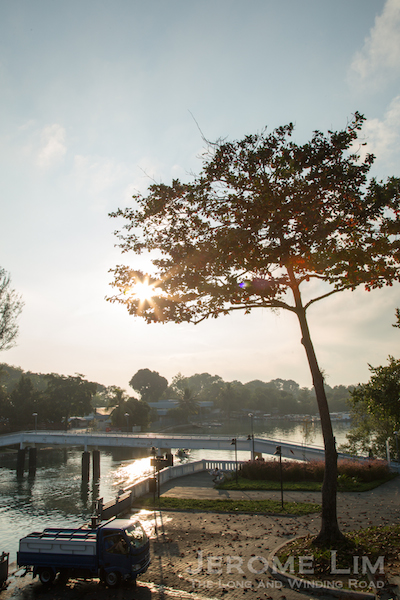
Changi Beach


Changi Village


Charlie’s Corner’s owner Charlie Han’s father co-founded the Changi Milk Bar, a popular spot for RAF Servicemen in the old Changi Village.
Sree Ramar Temple







The temple today
Former Kampongs of Changi

There were also coastal villagers around Changi Point, along the area of the boardwalk (Changi Point Coastal Walk) near the sailing club, where Kampong Batu Puteh was. Two graves along the boardwalk are a reminder of the kampong, which on maps had a mosque and a cemetery.
Changi Airport


Did you know?
That in 1946, plans were made for a civil airport in Changi that in a 1948 announcement, was to be the “world’s best airport”?
While the idea was abandoned soon after as there were concerns on the sandy subsoil, it would be a prediction that would be fulfilled some 4 decades later. Changi continued to be developed by the RAF. In 1952, the military airfield actually welcomed the first civil passenger jetliners calling at Singapore on regular services (Kallang Airport’s runway had been deemed inadequate). Paya Lebar would be built in 1955, and in 1981 Changi Airport, considered by many to be the world’s best or among the world’s best was opened.




















